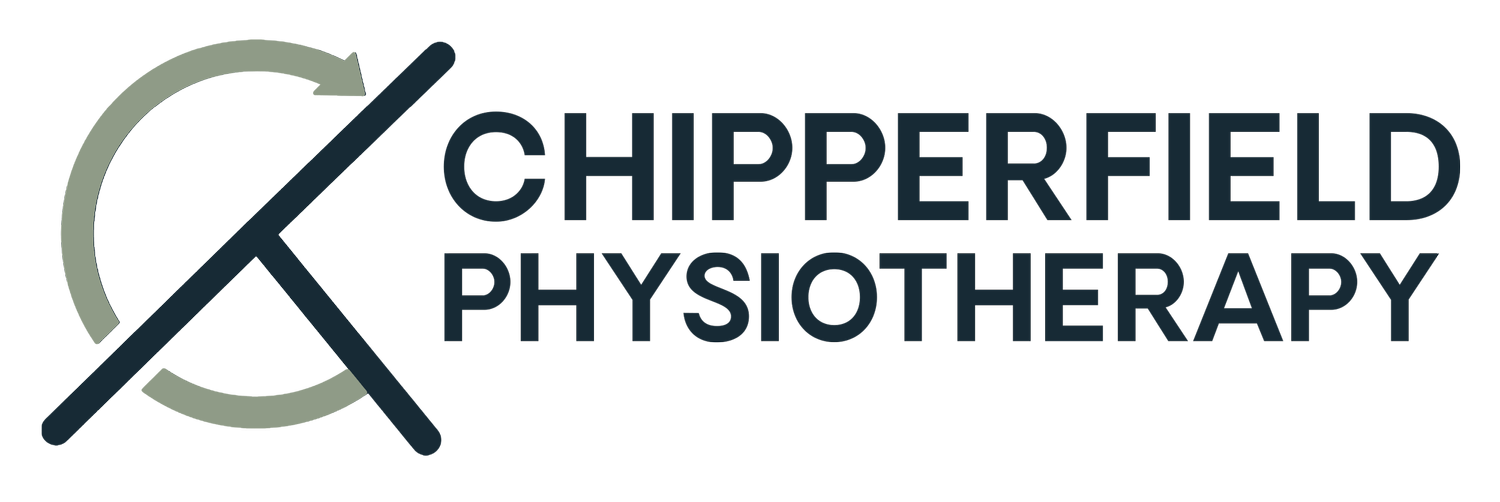Exercise and Fitness in Your Golden Years: A Comprehensive Guide
As we age, staying active becomes increasingly important for maintaining our physical and mental well-being. This comprehensive guide offers insights and practical advice for seniors looking to embrace a healthier, more active lifestyle. We’ve structured this post to include short bullet points so that you have an actionable list that you can start tackling!
Understanding the Benefits of Exercise for Older Adults
Physical Benefits:
Maintaining or Losing Weight: Regular exercise helps counteract the natural slowdown in metabolism with age, aiding in weight management.
Reducing Chronic Disease Impact: Activities like walking, swimming, and yoga can decrease the risk of heart disease, diabetes, and certain cancers.
Enhancing Mobility and Balance: Exercise improves strength and flexibility, reducing the risk of falls and improving overall mobility.
Mental Health Benefits:
Improved Sleep: Regular physical activity promotes better sleep quality, aiding in restfulness and energy.
Enhanced Mood: Exercise releases endorphins, improving mood and reducing the risk of depression and anxiety.
Cognitive Benefits: Staying active boosts brain function, aiding in memory retention and reducing the risk of cognitive decline.
Overcoming Exercise Obstacles as You Age
Dispelling Myths:
Tackling misconceptions about aging and exercise, such as the belief that it's too late to start exercising or that exercise increases the risk of falls.
Encouraging a mindset shift to view exercise as a path to improved health and independence, regardless of age or previous activity levels.
Embracing Enjoyable Forms of Exercise:
Finding joy in physical activity, whether it's through dance, gardening, swimming, or walking. The key is to choose activities that are enjoyable and sustainable.
Building a Balanced Exercise Plan
Incorporating Various Exercise Types:
Balance Exercises: Techniques like tai chi and yoga to improve stability and reduce fall risks.
Cardiovascular Activities: Walking, cycling, or swimming to enhance heart health and endurance.
Strength Training: Using weights or resistance bands to maintain muscle mass and bone density.
Flexibility Exercises: Stretching and yoga to maintain joint health and range of motion.
Creating a Personalized Routine:
Understanding the importance of a tailored exercise plan that considers personal health conditions, preferences, and goals.
The role of healthcare professionals in developing a safe and effective exercise regimen.
Getting Started Safely
Medical Clearance and Considerations:
The importance of consulting with a healthcare provider before starting any new exercise program, especially for individuals with chronic conditions or mobility issues.
Listening to Your Body:
Recognizing the difference between good and bad pain and understanding the importance of gradual progression in physical activity.
Staying Motivated for Long-Term Fitness
Setting Realistic Goals:
Focusing on achievable, short-term goals like improving mood or increasing daily step count rather than long-term goals like significant weight loss.
Finding Joy and Community in Exercise:
Encouraging social interactions through group classes or walking clubs, which can provide both motivation and enjoyment.
Adapting to Life Changes:
Offering strategies for maintaining an exercise routine during life changes, such as travel or caring for a family member.
Conclusion
Embracing fitness in your senior years is not just about adding years to your life, but also life to your years. With the right approach, exercise can be a joyful, rewarding part of your daily routine, enhancing both your physical and mental health.
Start today by taking a small step towards a more active lifestyle! Consult with Chipperfield’s healthcare professionals, join a fitness class, or simply start with a daily walk. Every step counts towards a healthier, more vibrant life!
